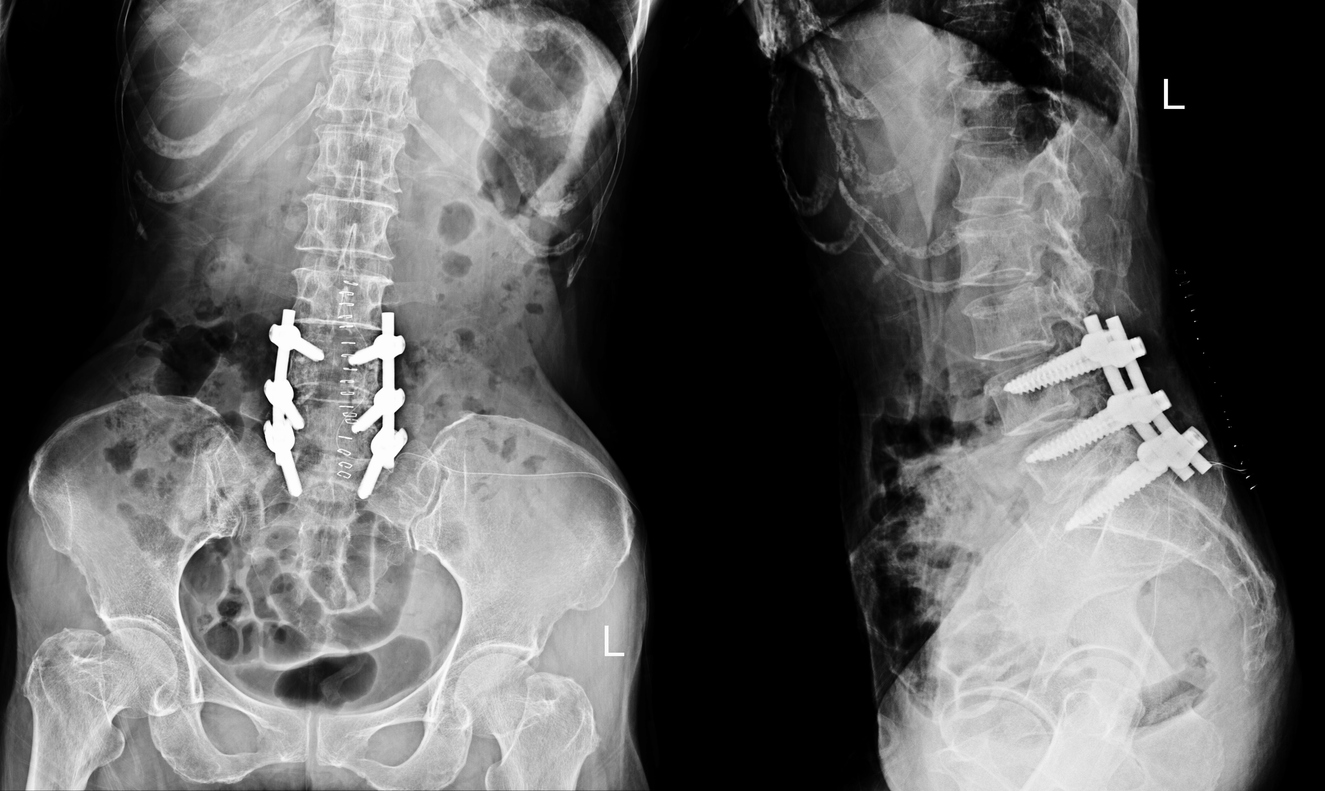Our clinic has started a new website with lots of information on types of pain and treatments.
Those patients who have undergone spinal surgery and have not been able to reduce their symptoms, or have only temporarily succeeded, or those who have developed new complaints alongside their existing ones, as well as those who have undergone successful surgery but have experienced new symptoms over time due to spinal degeneration, fall into this category.
It’s important to know that the results significantly worsen with repeated surgeries. While the probability of success for the first surgery is over 50%, this figure drops to 30%, 15%, and 5% for the second, third, and fourth surgeries, respectively. 8
Several factors may contribute to the pain, including the disc’s re-bulging, epidural scarring, increased instability in the segments above and below the fused area, the displacement of vertebrae due to instability, and acquired spinal canal stenosis.
Helping these patients is particularly challenging. Simple epidural injections often provide very short-term relief or no relief at all, as the medication usually doesn’t reach the problematic areas due to scarring. Epidurolysis could be a solution, which is a targeted treatment where, guided by X-ray, a catheter is introduced to the affected nerve root, releasing the scarring, and delivering the medication precisely where the problem, scarring, or entrapped nerve root is located. Another solution might be the implantation of a spinal cord stimulator (SCS).

Source:
8. Andersson GBJ. Evaluation of results in lumbar spine surgery conclusions. Acta Orthop. 1993;64(s251):143–143.


